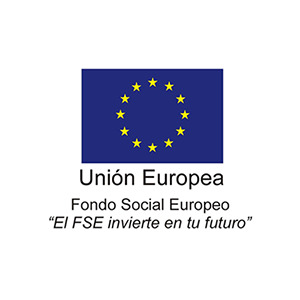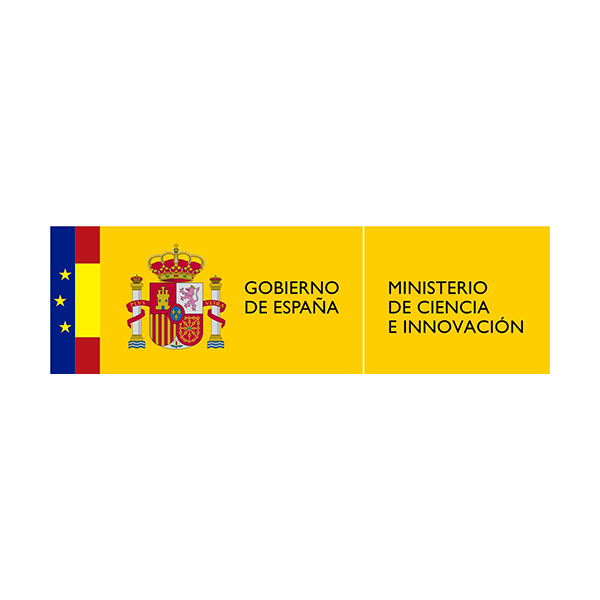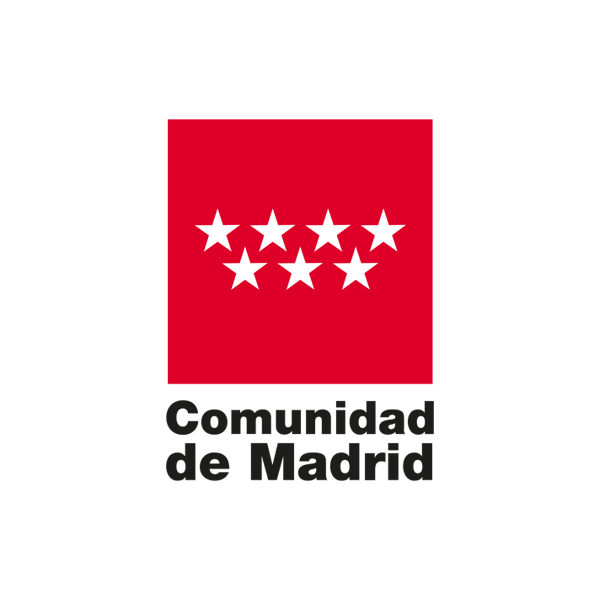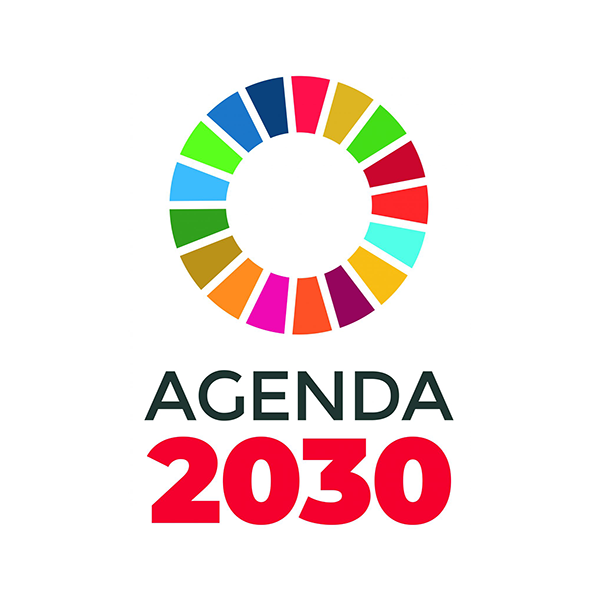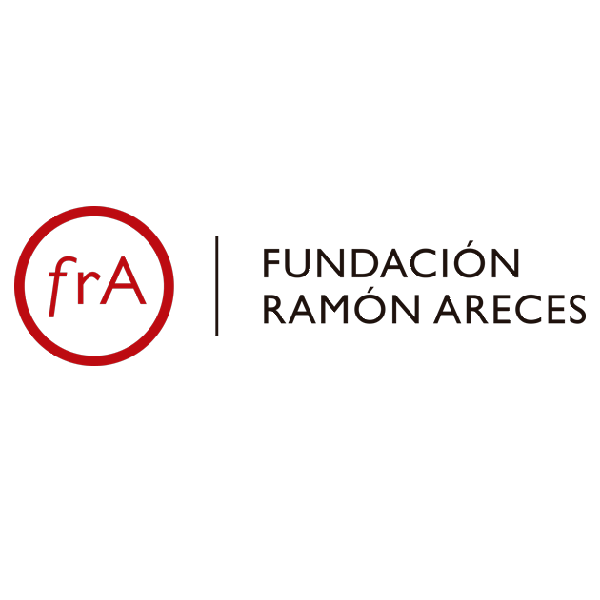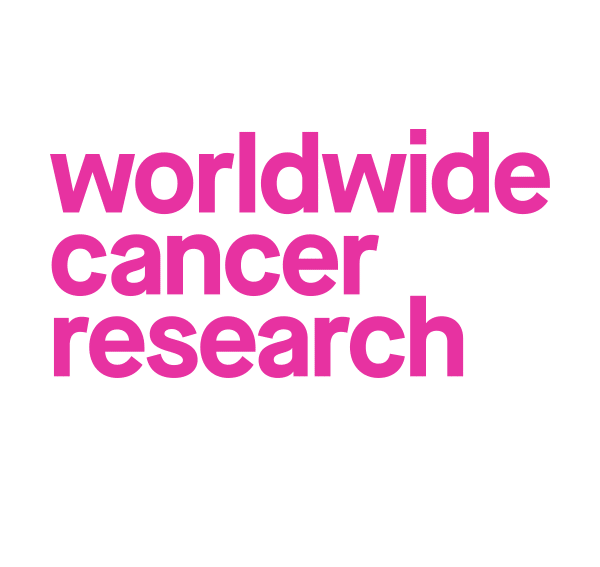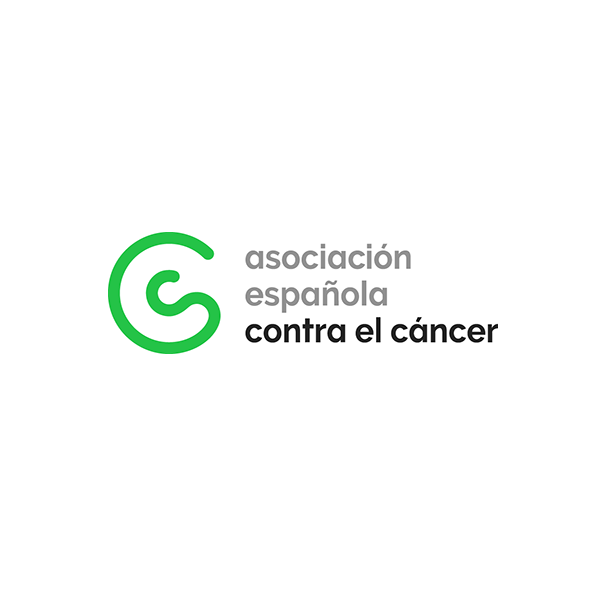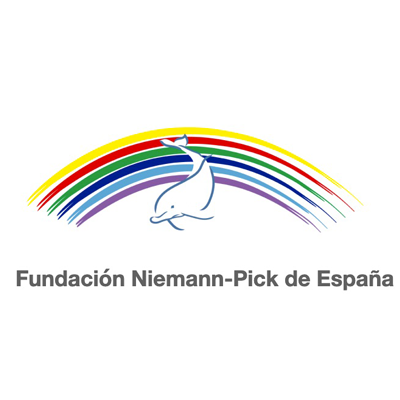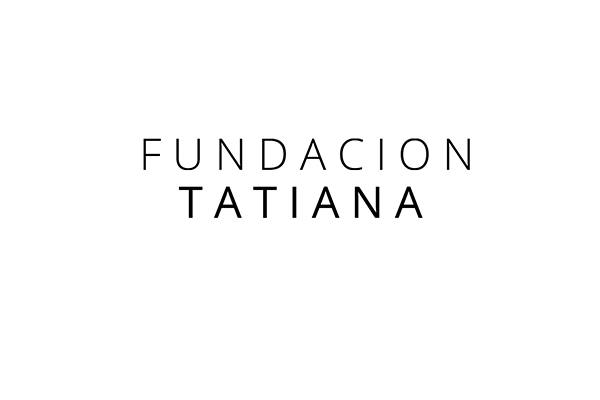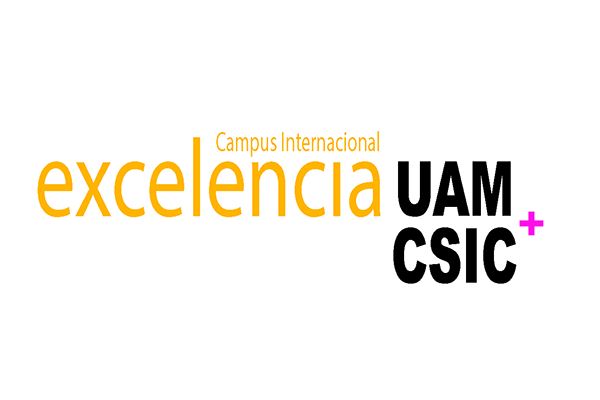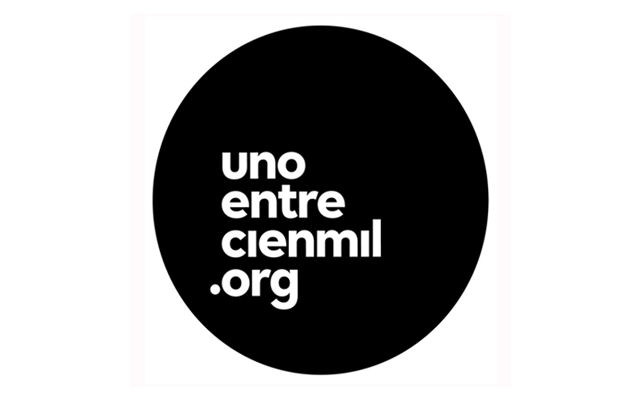Tetraspanin-enriched membrane microdomains in extracellular vesicles and cell adhesion and migration
Research summary:
Our group is focused on the characterization of tetraspanin-enriched microdomains (TEMs), specialized membrane platforms involved in cell-cell adhesion and migration processes. These membrane platforms are connected to different cytoskeletal components and signalling pathways. We have demonstrated a functional connection of tetraspanin CD81 with the dNTP hydrolase SAMHD1, that results in regulation of nucleotide metabolism downstream TEMs. This axis was proven to be relevant during HIV infectious cycle, and was protected through a patent that describes CD81 as a new target to fight against HIV infection.
In addition, tetraspanin proteins are among the most abundant proteins on extracellular vesicles (EVs). EVs represent a novel mechanism of intercellular communication as vehicles for bioactive proteins, lipids, and RNAs. In our group, we are exploiting the tools against tetraspanin molecules to develop new isolation, detection and quantification devices. We are also interested in deciphering the role of tetraspanins in EV biogenesis and uptake by the target cell. Finally, we are developing synthetic exosome mimetics by the use of tetraspanin-based tools.

Figure 1. Tetraspanin-enriched microdomains and their functions. It has been demonstrated that TEM-induced clustering or segregation of adhesion receptors and signalling molecules plays a functional role in phenomena related to migration and invasion, intercellular adhesion, membrane fusion events and intracellular trafficking. These phenomena are implicated in several biological processes. From Yáñez-Mó et al., Trends Cell Biol. 2009 Sep;19(9):434-46.

Figure 2. Tetraspanins in extracelular vesicle formation and function. Tetraspanins have the capacity to interact with several receptor and signaling molecules at the membrane, organizing specialized tetraspanin-enriched microdomains (TEMs) that may play a role in (A) EV biogenesis, (B) the selection of exosome cargo (proteins and miRNAs), (C) the binding and uptake of exosomes by target cells, or (D) the ability of exosomes to present antigen in the context of an immune response. From Andreu Z and Yáñez-Mó M. Front Immunol. 2014 Sep 16;5:442. doi: 10.3389/fimmu.2014.00442.
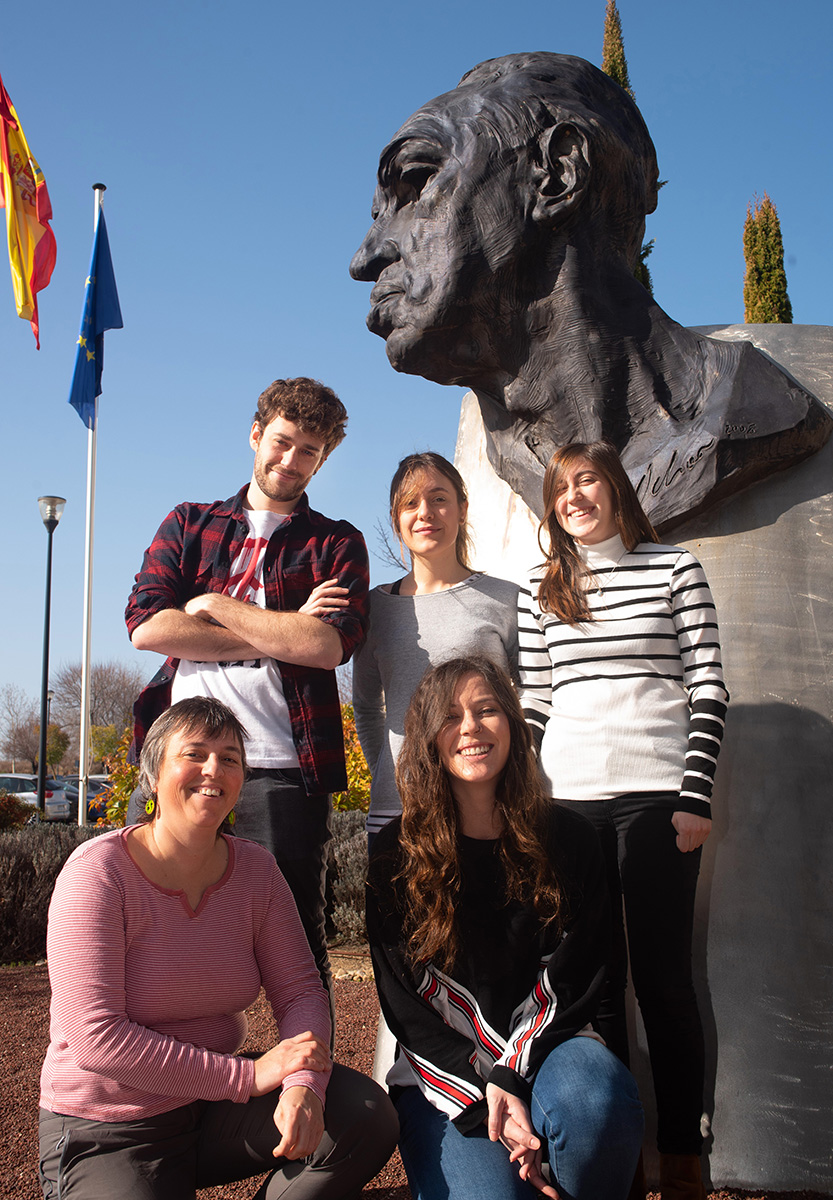
| Last name | Name | Laboratory | Ext.* | Professional category | |
|---|---|---|---|---|---|
| Benayas López | Beatriz | 412 | 4425 | b.benayas(at)cbm.csic.es | Ayudante Investigación |
| Gutiérrez del Burgo | Fernando | 412 | 4425 | fgutierrez(at)cbm.csic.es | Titulado Sup.de Actividades Técn. y Profes. GP1 |
| López Martín | Soraya | 412 | 4425 | Tco. de Investigación y Laboratorio | |
| Morales Bravo de Medina | Joaquin | 412 | 4425 | joaquin.morales(at)cbm.csic.es | Titulado Sup.de Actividades Técn. y Profes. GP1 |
| Palma Cobo | Miguel | 412 | 4639 | miguel.palma(at)cbm.csic.es | Titulado Sup.de Actividades Técn. y Profes. GP1 |
| Yáñez Mo | María | 412 | 4639 | maria.yanez(at)cbm.csic.es | Profesor Titular Universidad, GA |
Relevant publications:
- Development of a quantitative method to measure EV uptake. Toribio V, Morales S, López-Martín S, Cardeñes B, Cabañas C, Yáñez-Mó M. Sci Rep. 2019 Jul 19;9(1):10522. doi: 10.1038/s41598-019-47023-9.
- Tetraspanin-decorated extracellular vesicle-mimetics as a novel adaptable reference material. Lozano-Andrés E, Libregts SF, Toribio V, Royo F, Morales S, López-Martín S, Valés-Gómez M, Reyburn HT, Falcón-Pérez JM, Wauben MH, Soto M, Yáñez-Mó M. J Extracell Vesicles. 2019 Mar 4;8(1):1573052. doi: 10.1080/20013078.2019.1573052. eCollection 2019.
- Tetraspanins, Another Piece in the HIV-1 Replication Puzzle. Suárez H, Rocha-Perugini V, Álvarez S, Yáñez-Mó M. Front Immunol. 2018 Aug 3;9:1811. doi: 10.3389/fimmu.2018.01811. eCollection 2018. Review.
- A bead-assisted flow cytometry method for the semi-quantitative analysis of Extracellular Vesicles. Suárez H, Gámez-Valero A, Reyes R, López-Martín S, Rodríguez MJ, Carrascosa JL, Cabañas C, Borràs FE, Yáñez-Mó M. Sci Rep. 2017 Sep 12;7(1):11271. doi: 10.1038/s41598-017-11249-2.
- CD81 association with SAMHD1 enhances HIV-1 reverse transcription by increasing dNTP levels. Rocha-Perugini V, Suárez H, Álvarez S, López-Martín S, Lenzi GM, Vences-Catalán F, Levy S, Kim B, Muñoz-Fernández MA, Sánchez-Madrid F, Yáñez-Mó M. Nat Microbiol. 2017 Nov;2(11):1513-1522. doi: 10.1038/s41564-017-0019-0. Epub 2017 Sep 4.
- Extracellular vesicles as a source for non-invasive biomarkers in bladder cancer progression. Andreu Z, Otta Oshiro R, Redruello A, López-Martín S, Gutiérrez-Vázquez C, Morato E, Marina AI, Olivier Gómez C, Yáñez-Mó M. Eur J Pharm Sci. 2017 Feb 15;98:70-79. doi: 10.1016/j.ejps.2016.10.008. Epub 2016 Oct 15.
- Comparative analysis of EV isolation procedures for miRNAs detection in serum samples. Andreu Z, Rivas E, Sanguino-Pascual A, Lamana A, Marazuela M, González-Alvaro I, Sánchez-Madrid F, de la Fuente H, Yáñez-Mó M. J Extracell Vesicles. 2016 Jun 20;5:31655. doi: 10.3402/jev.v5.31655. eCollection 2016.
- Biological properties of extracellular vesicles and their physiological functions. Yáñez-Mó M, Siljander PR, Andreu Z, Zavec AB, Borràs FE, Buzas EI, Buzas K, Casal E, Cappello F, Carvalho J, Colás E, Cordeiro-da Silva A, Fais S, Falcon-Perez JM, Ghobrial IM, Giebel B, Gimona M, Graner M, Gursel I, Gursel M, Heegaard NH, Hendrix A, Kierulf P, Kokubun K, Kosanovic M, Kralj-Iglic V, Krämer-Albers EM, Laitinen S, Lässer C, Lener T, Ligeti E, Linē A, Lipps G, Llorente A, Lötvall J, Manček-Keber M, Marcilla A, Mittelbrunn M, Nazarenko I, Nolte-'t Hoen EN, Nyman TA, O'Driscoll L, Olivan M, Oliveira C, Pállinger É, Del Portillo HA, Reventós J, Rigau M, Rohde E, Sammar M, Sánchez-Madrid F, Santarém N, Schallmoser K, Ostenfeld MS, Stoorvogel W, Stukelj R, Van der Grein SG, Vasconcelos MH, Wauben MH, De Wever O. J Extracell Vesicles. 2015 May 14;4:27066. doi: 10.3402/jev.v4.27066. eCollection 2015. PMID: 25979354
- Tetraspanins in extracellular vesicle formation and function. Andreu Z, Yáñez-Mó M. Front Immunol. 2014 Sep 16;5:442. doi: 10.3389/fimmu.2014.00442. eCollection 2014. Review. PMID: 25278937
Doctoral theses:
- 11/10/2019 “Papel de las tetraspaninas en la internalización y el tráfico de moléculas asociadas en modelos tumorales y de infección viral” Henar Suárez Montero. UAM. Sobresaliente “cum laude”
- 15/02/2012 “CD81 regula la migración celular a través de su asociación con la GTPasa Rac” Emilio Tejera Puente. UAM. Sobresaliente “cum laude”
- 20/06/2012 “Desarrollo de una nueva metodología para el análisis sistemático y a gran escala de interacciones proteína-proteína mediante espectrometría de masas: aplicación al estudio del interactoma intracelular de los microdominios enriquecidos en tetraspaninas de linfocitos T humanos” Daniel Pérez Hernandez. UAM. Sobresaliente “cum laude”
- 16/07/2010 “Conexiones de los microdomiios ricos en tetraspaninas con el citoesqueleto de actina y su funcion en los procesos de migración y sinapsis inmune “ Mónica Sala-Valdés. UAM. Sobresaliente “cum laude”
- 23/11/2009 “Función de las tetraspaninas y proteínas del citoesqueleto cortical de actina en la entrada del virus de la inmunodeficiencia humana (VIH-1) “ Mónica Gordón Alonso. UAM. Sobresaliente “cum laude”
Master theses:
- 09/2012 “Study of the dynamic of endothelial adhesion receptors shedding during leukocyte extravasation” Sara Jiménez Torres. UAM. Sobresaliente.
- 06/2016 “CD9 deletion using the CRISP/CAS9 system in melanoma cells” Victor Toribio Serrano. UAM. Sobresaliente.
End of Degree supervised project:
- 06/2015 “Desarrollo de herramientas moleculares basadas en las tetraspaninas para el estudio de vesículas extracelulares” Sara Morales. Biotecnología, UPM. Sobresaliente.
- 06/2018 “Uso de herramientas basadas en tetraspaninas para la cuantificación y visualización de la captación de exosomas por parte de la célula diana.” Alba Orantes Fernández. Biología, UAM. Sobresaliente.

